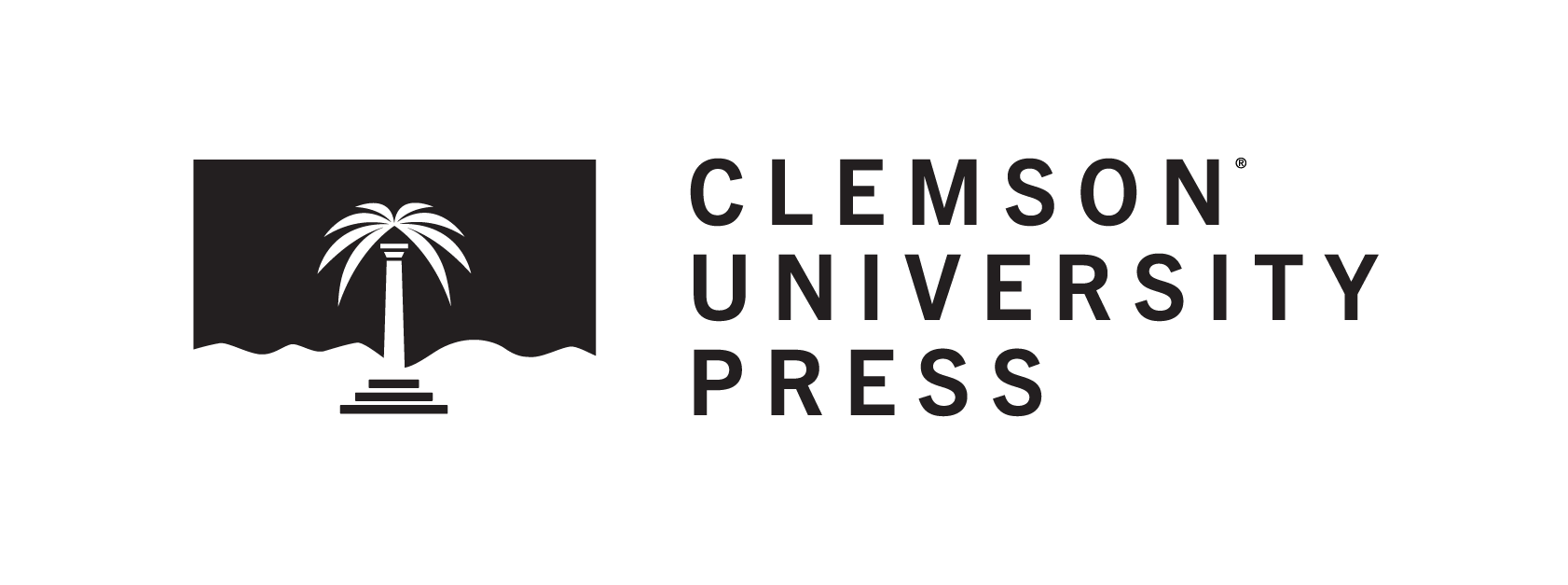Volume
56
Issue
1
DOI
10.34068/joe.56.01.06
Abstract
Urban, and primarily Latino, youths have traditionally been an underserved audience for the 4-H program due to language barriers, transportation issues, and lack of history with, knowledge of, and trust in the program. By developing strategies to assess community needs, develop community partnerships and collaborations, and address issues of trust and cultural barriers, Extension can establish programs in these communities that not only are successful but also become sustainable. We share lessons learned and best practices that can serve as tools in developing and maintaining such programs.
Creative Commons License

This work is licensed under a Creative Commons Attribution-Noncommercial-Share Alike 4.0 License.
Recommended Citation
Bovitz, L., Staffen, M., Eppinger, L., & Kesely, A. (2018). Best Practices for Establishing Positive 4-H Youth Development Programming in Urban At-Risk Communities. The Journal of Extension, 56(1), Article 6. https://doi.org/10.34068/joe.56.01.06


